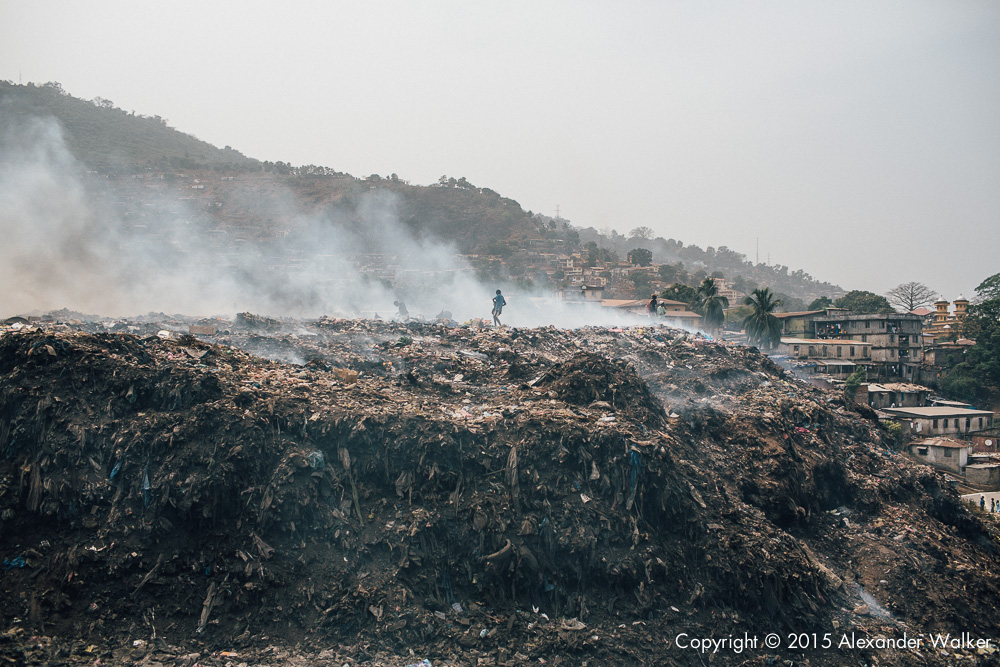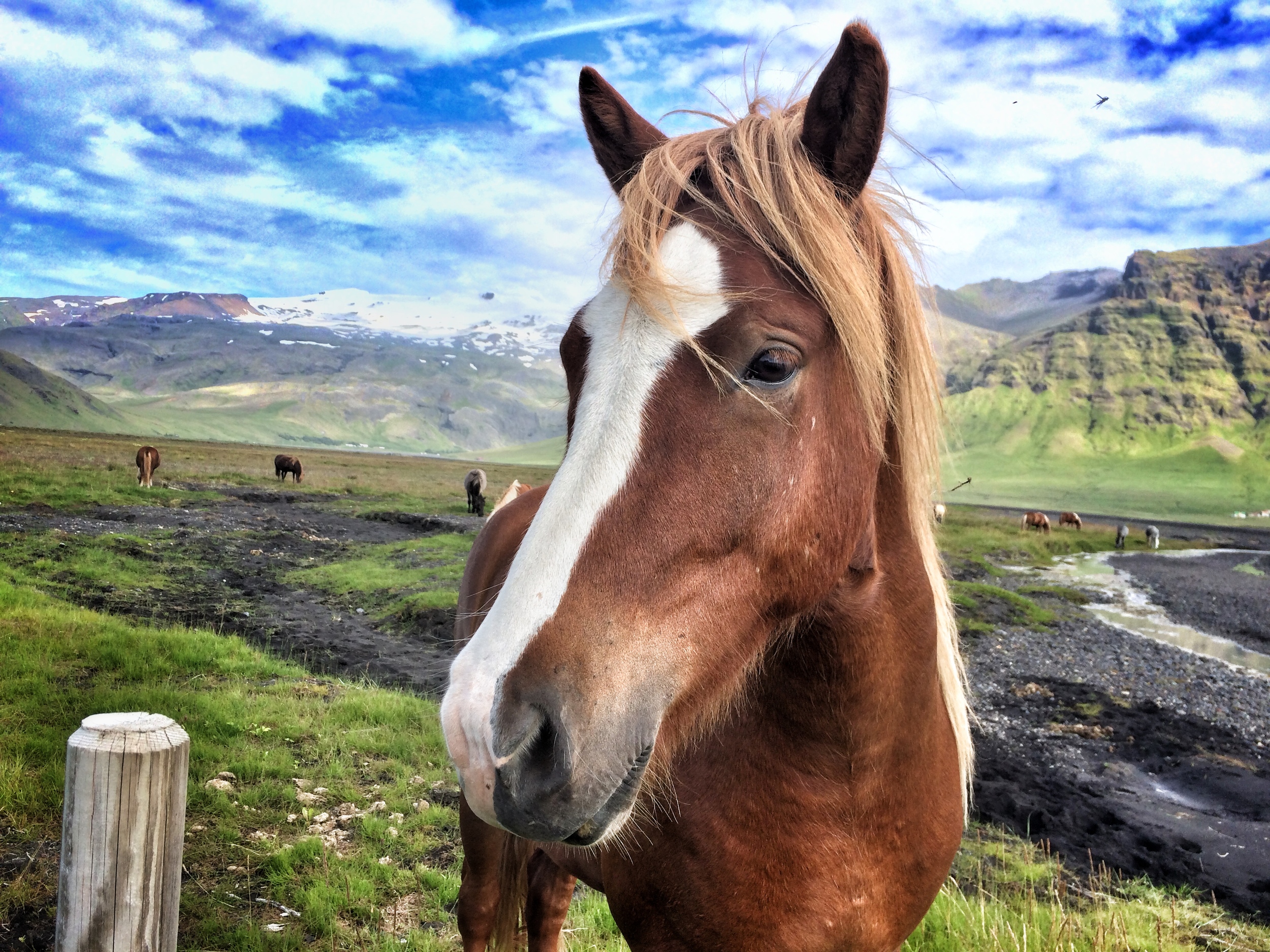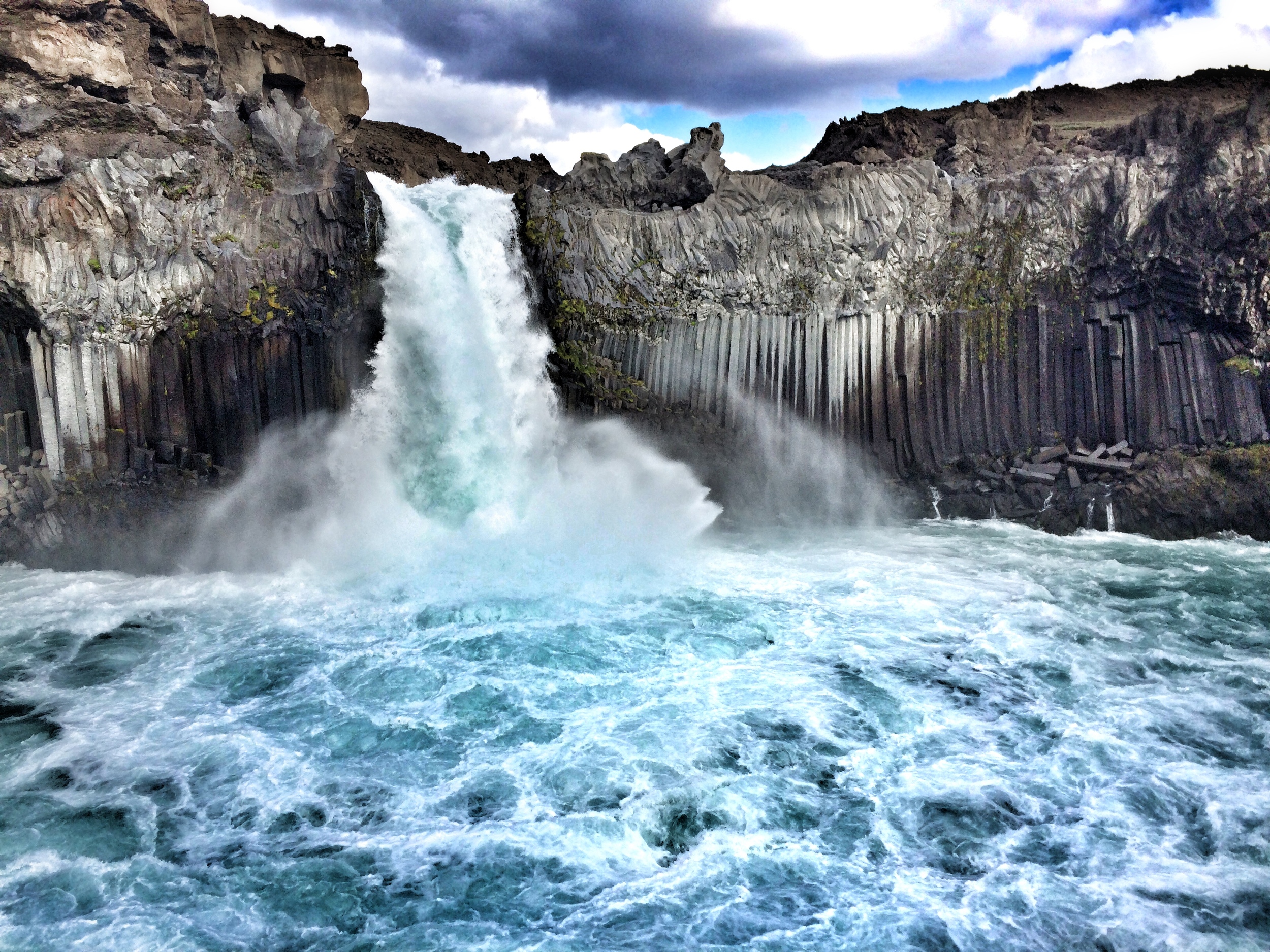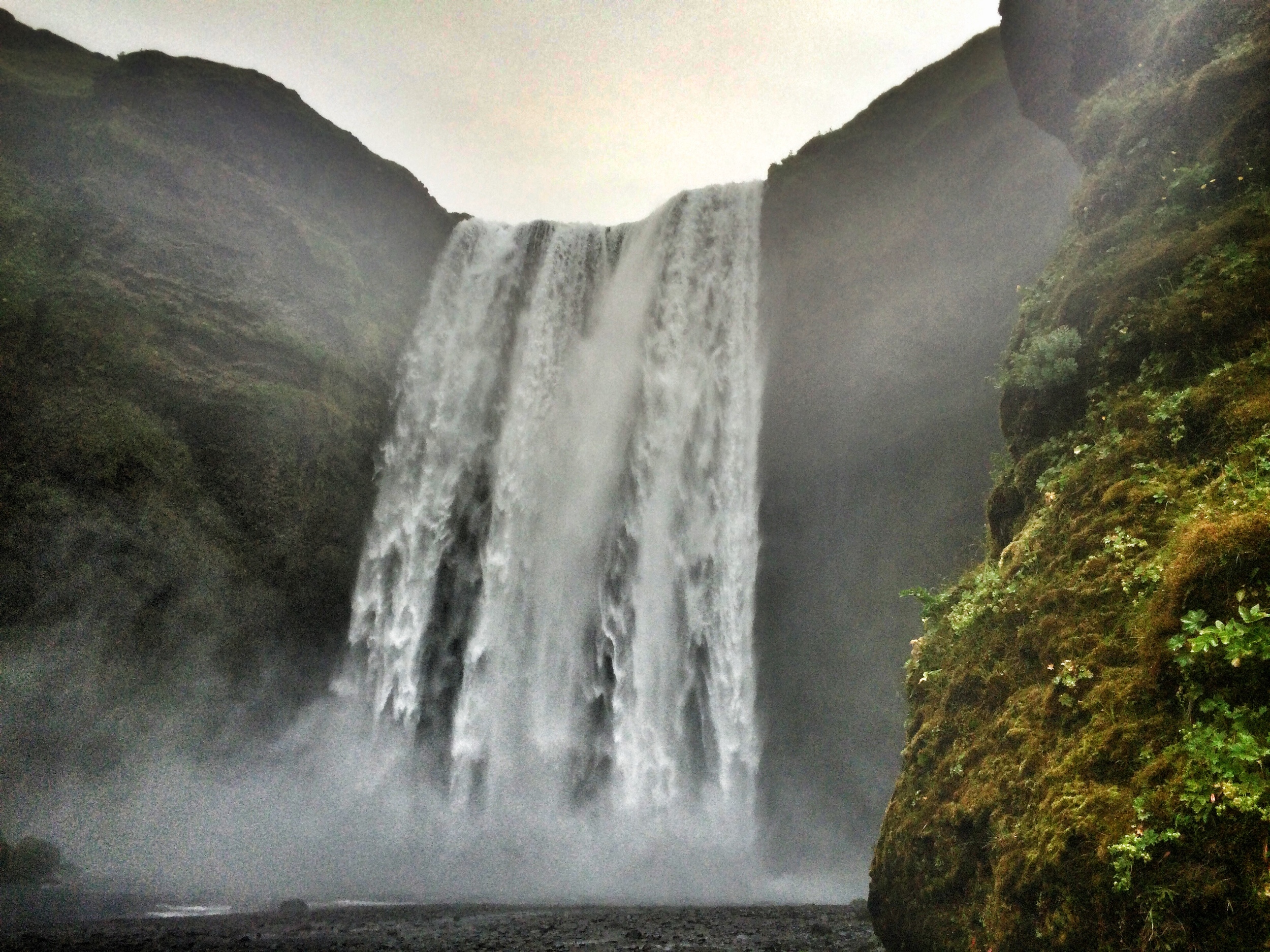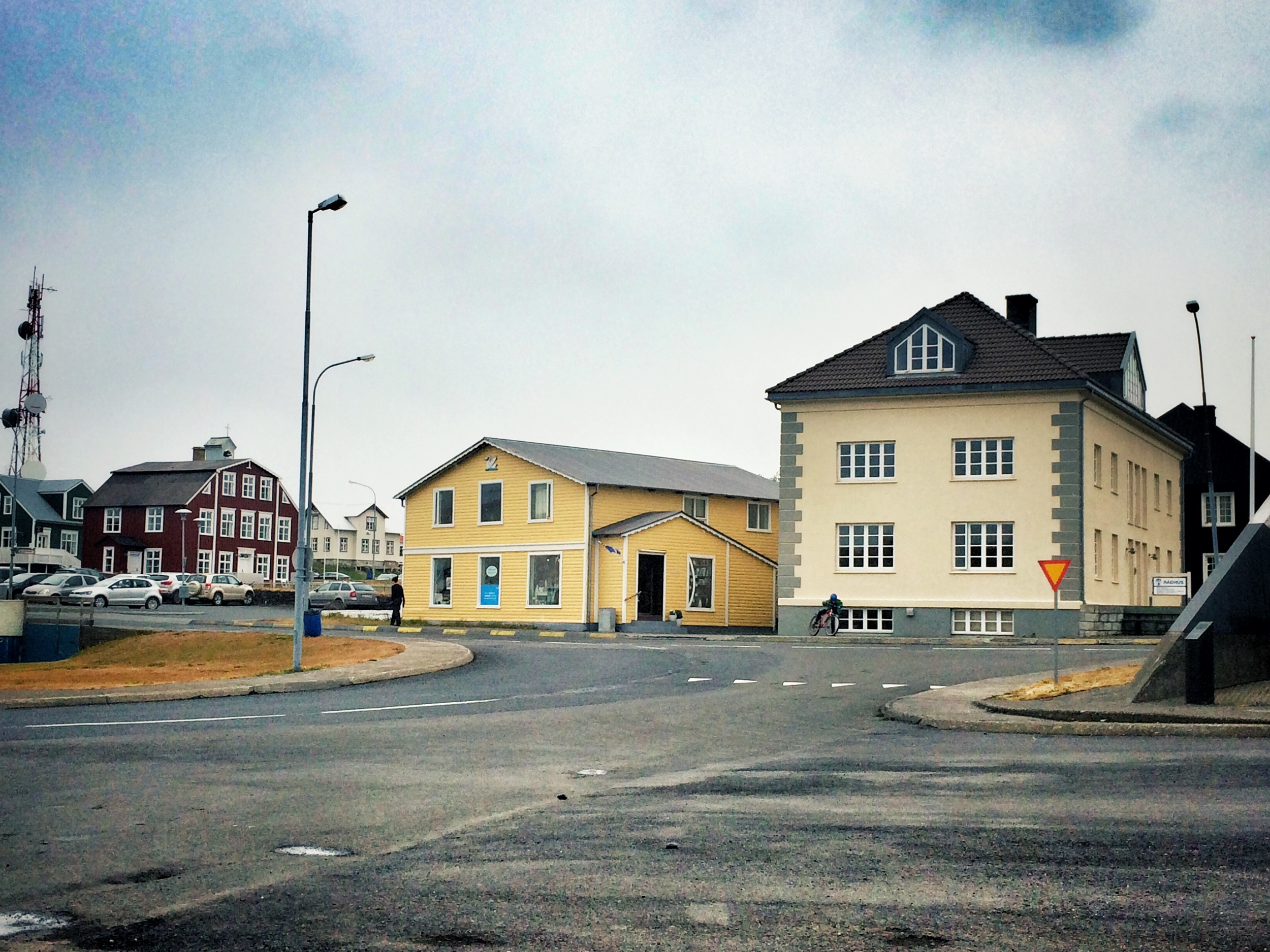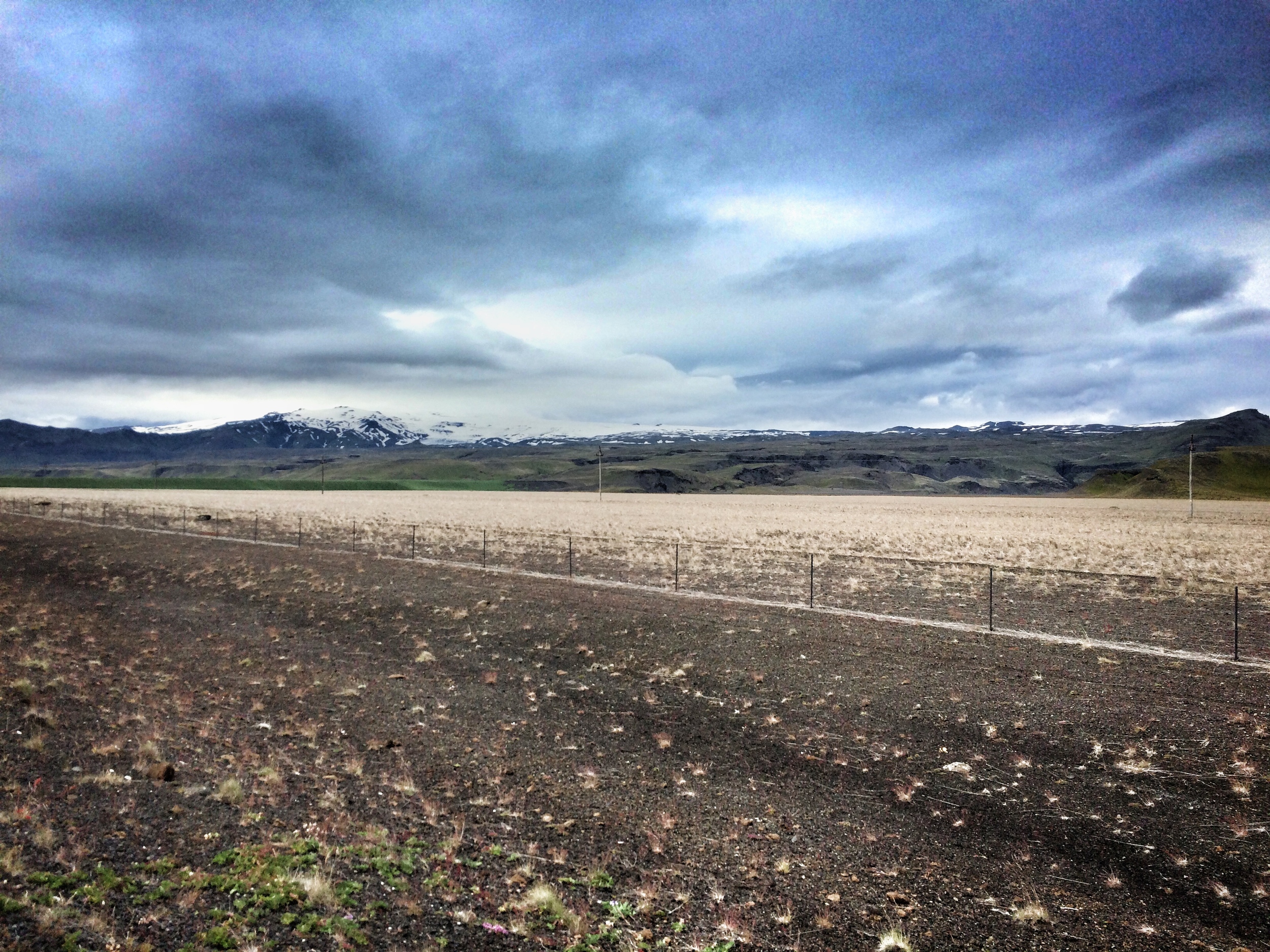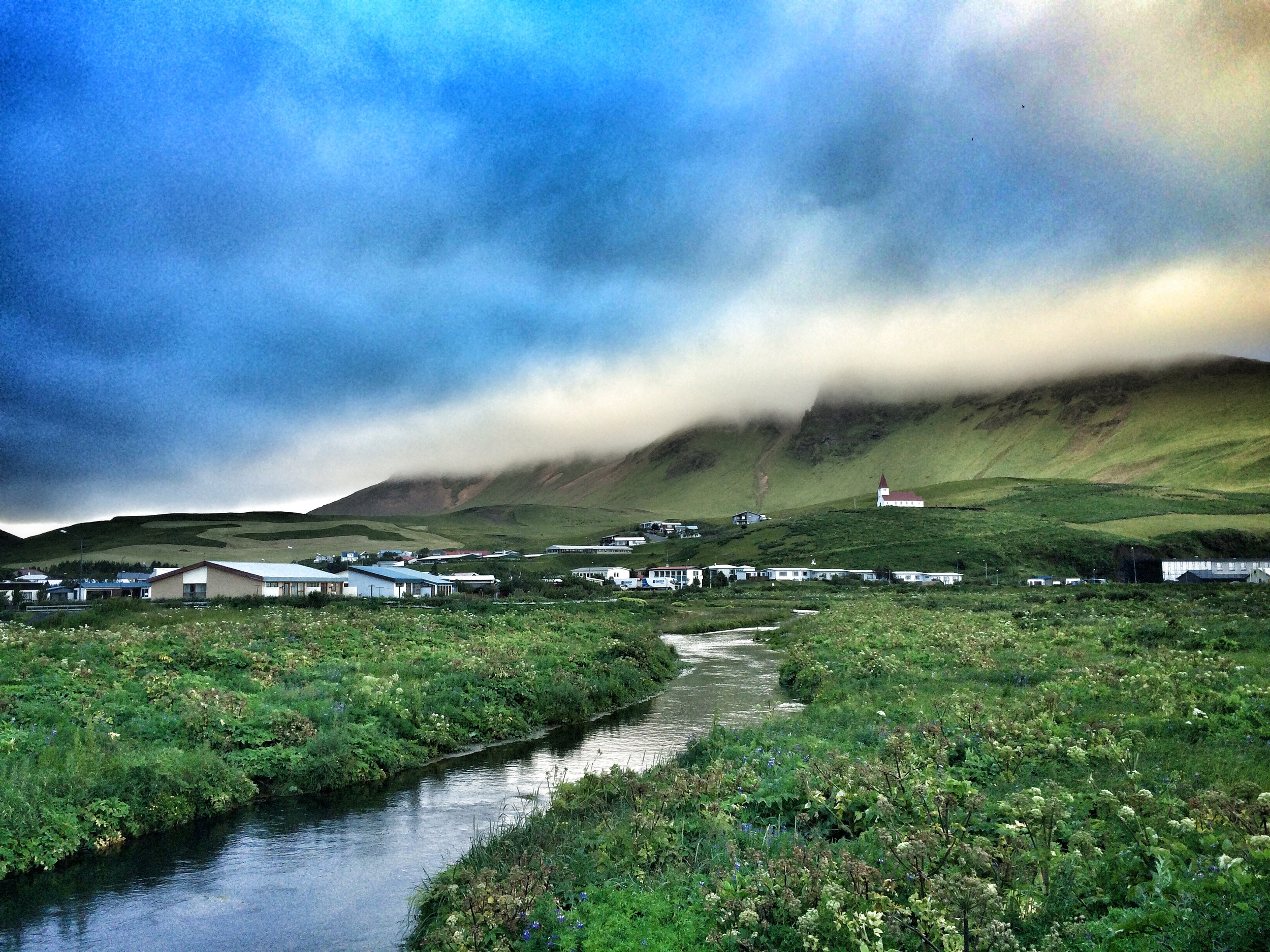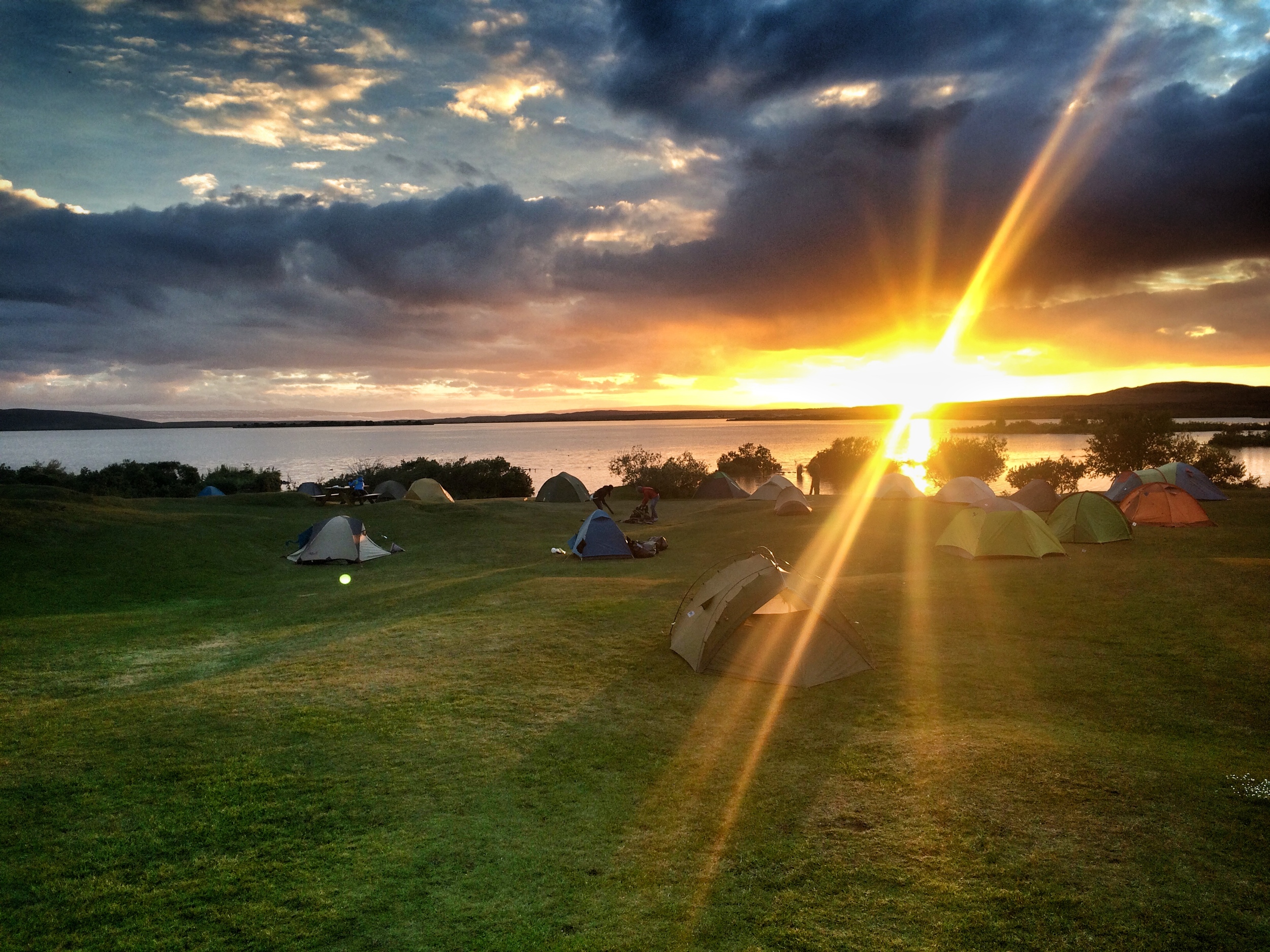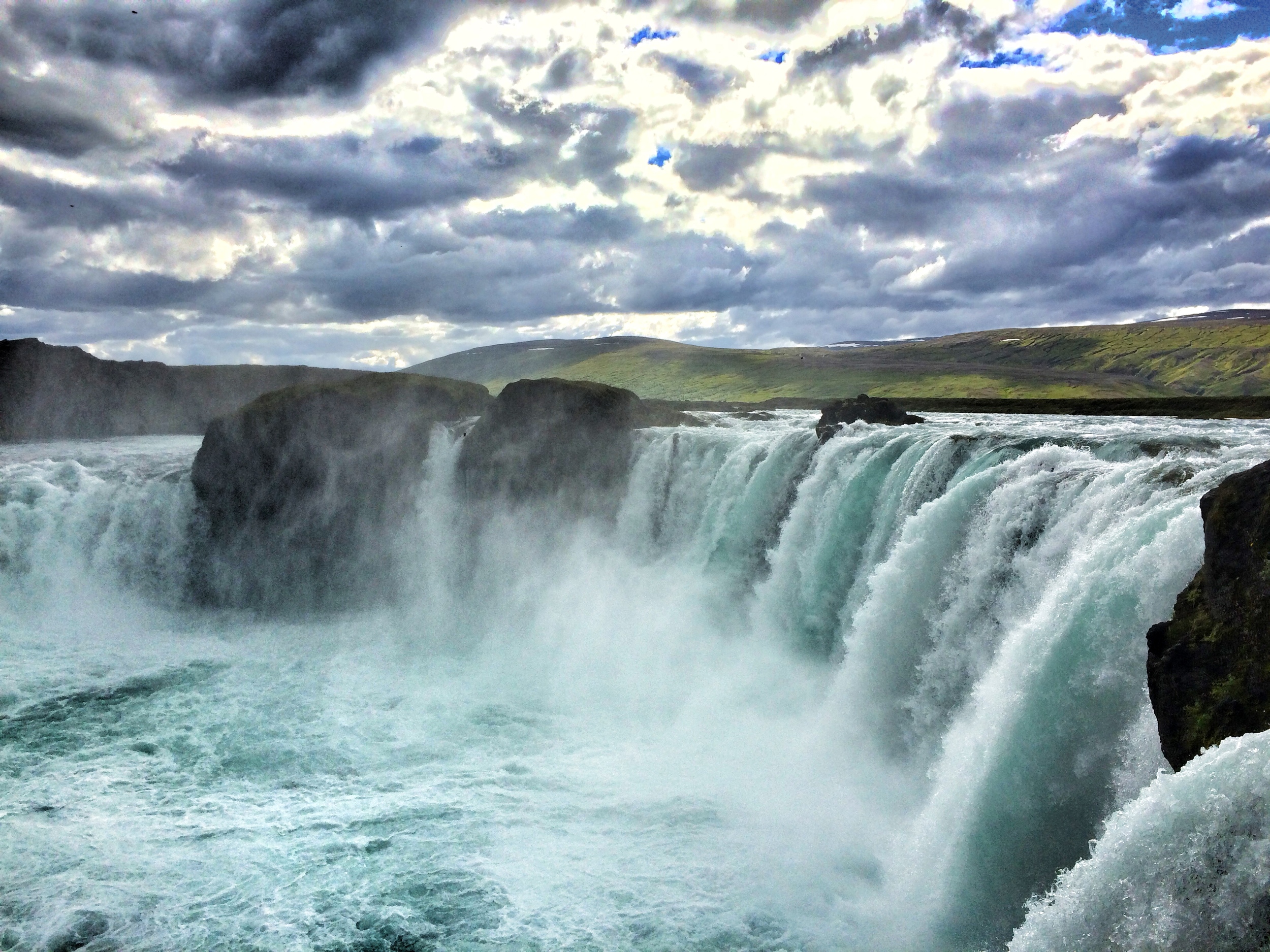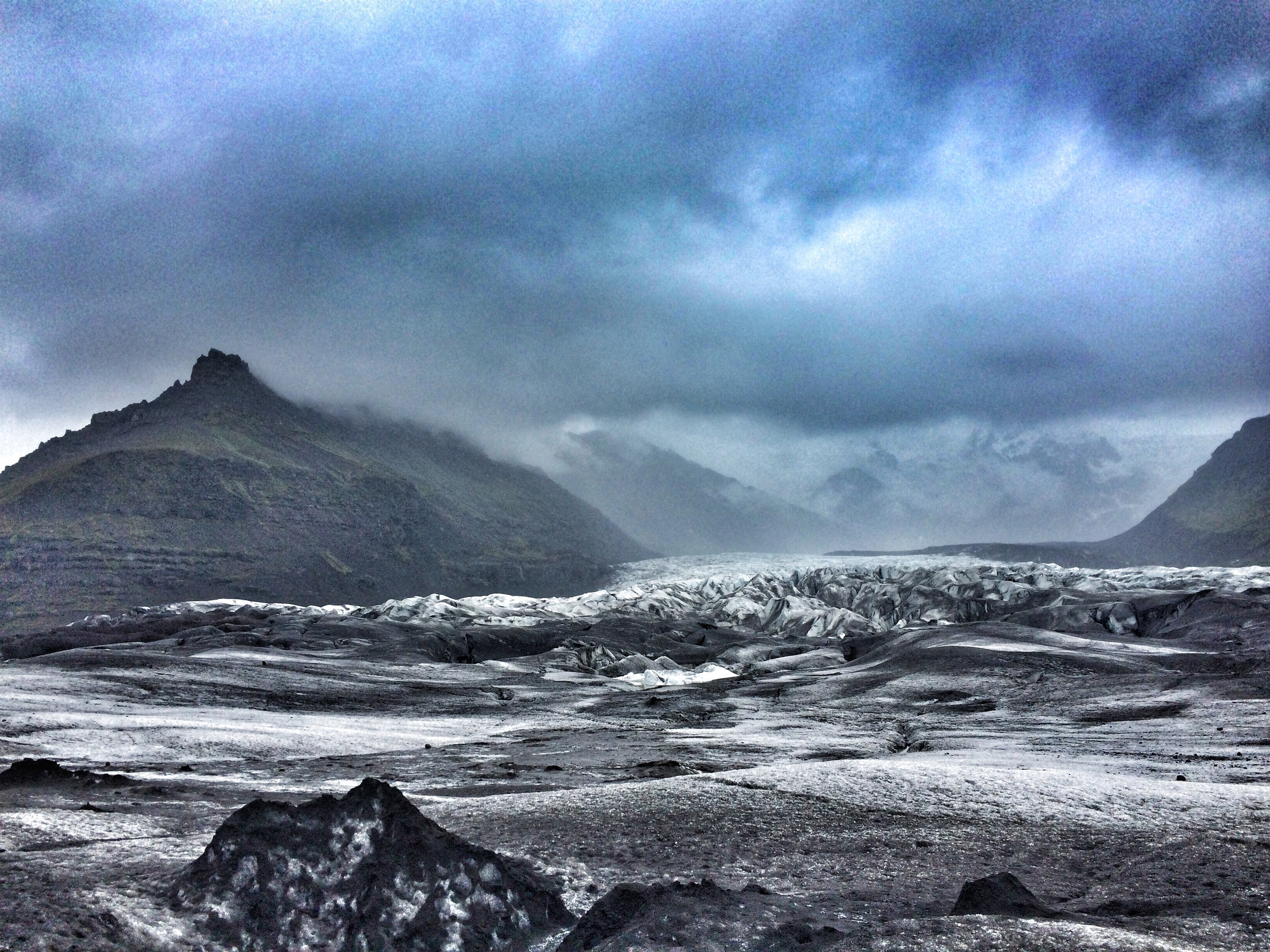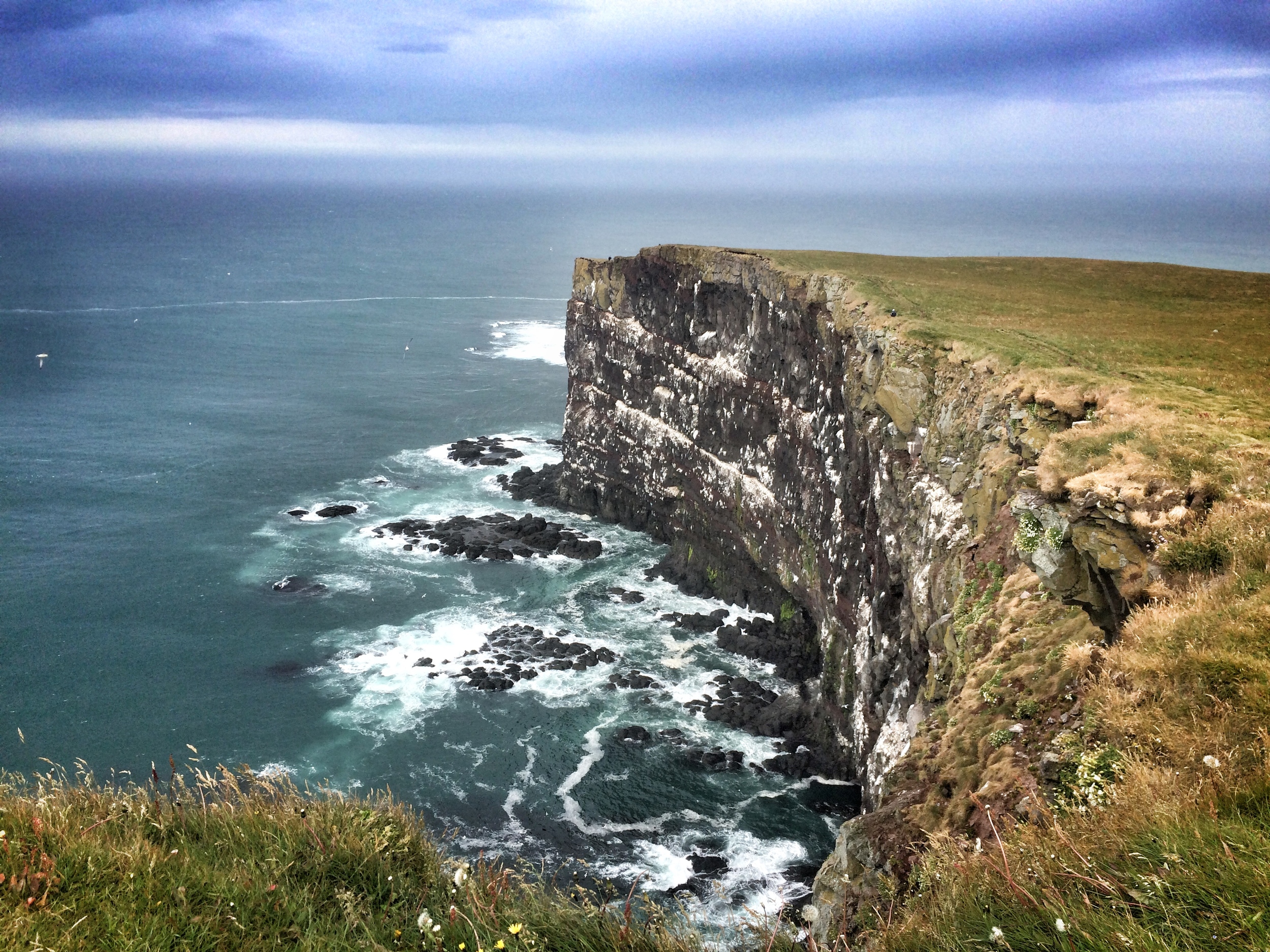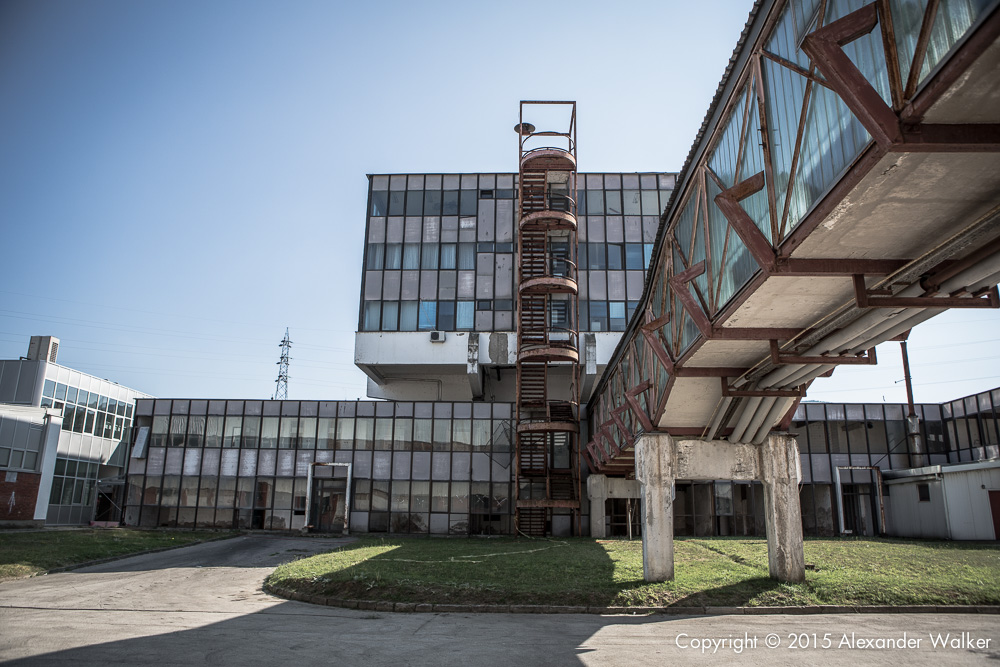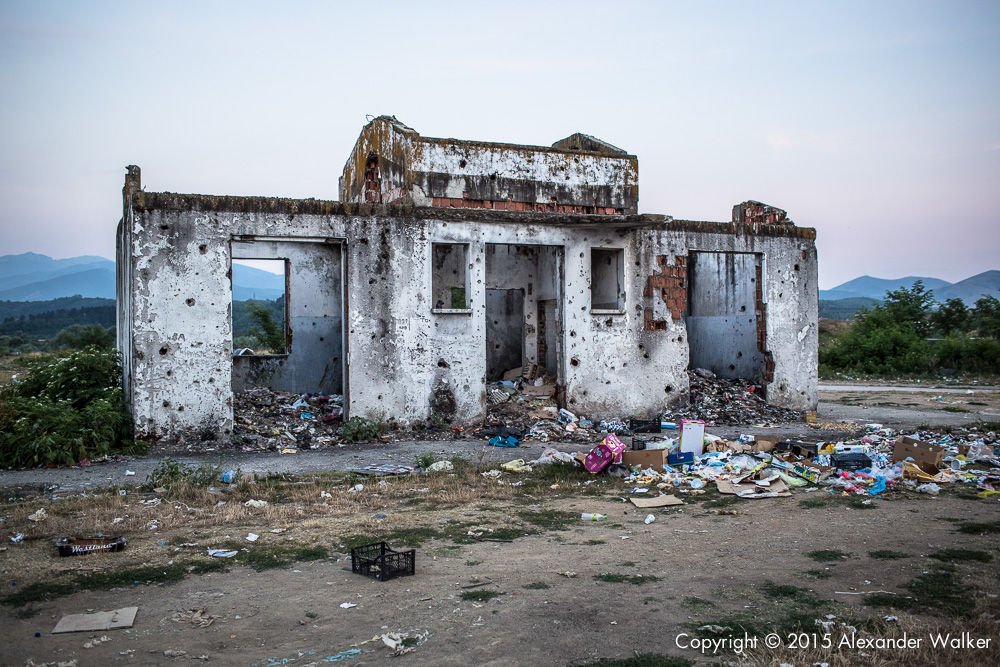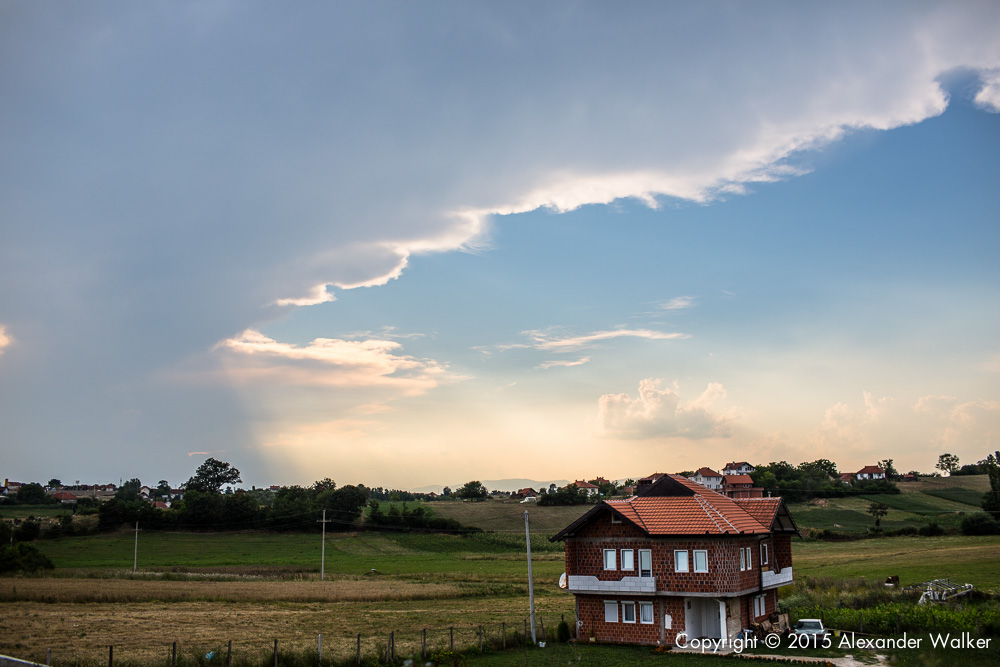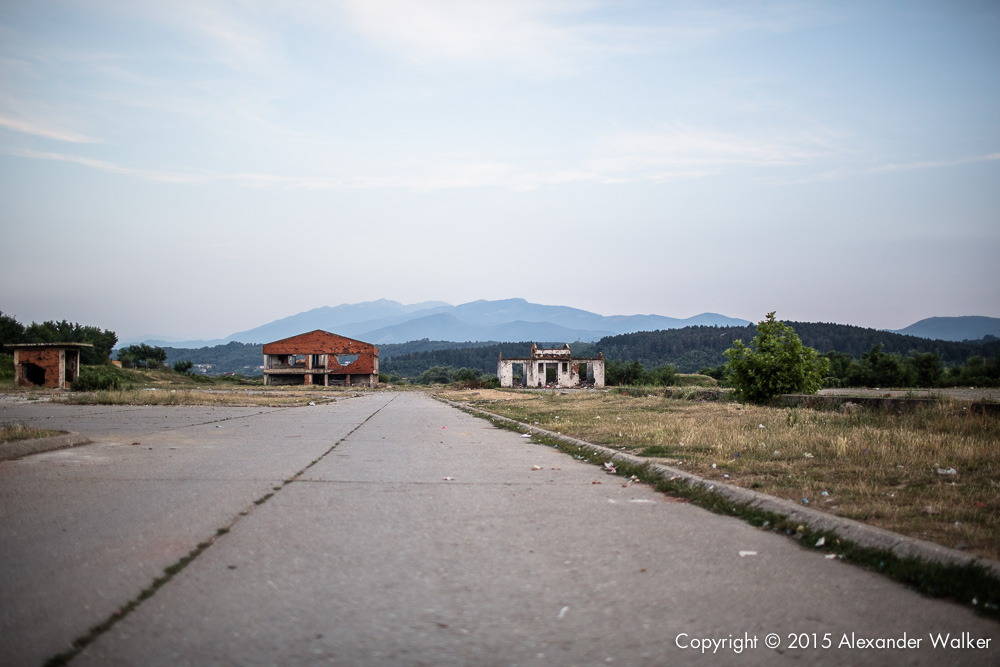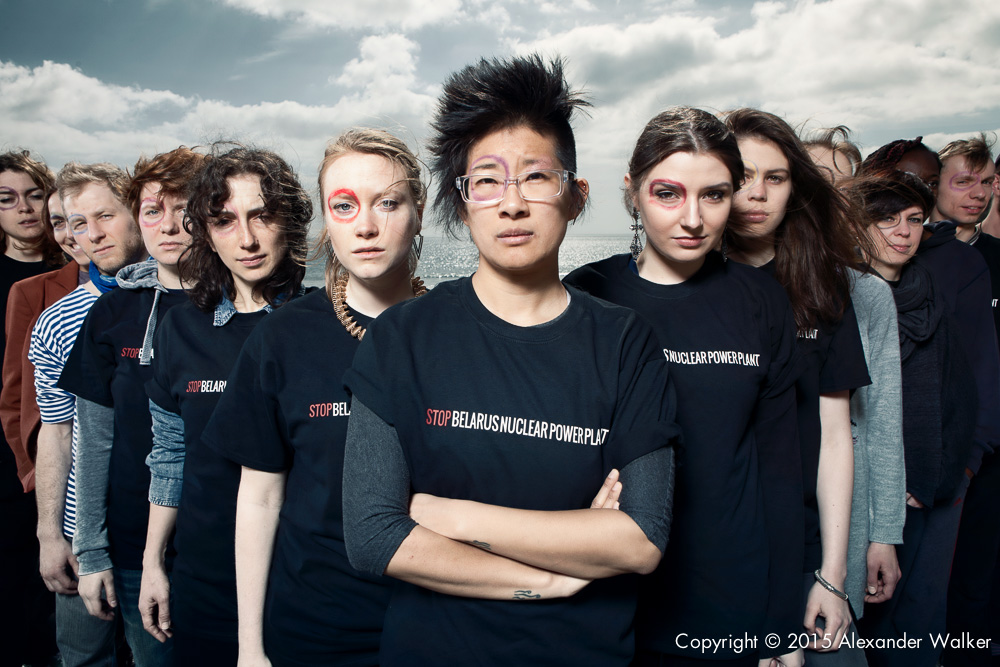“I have a story for you,” the Zimbabwean team manager says, as he introduces one of his young players.
Online and to his teammates from Youth Achievement Sports for Development(YASD), he’s known as Brave Lifa. “I need to tell you something,” he says, his face serious as he poses for a photo. “I am an activist. If I tell you my story, it may be tough to live in Zimbabwe. But I am not afraid. Life is in the hands of god.” He is passionately determined to change not just his own life, but the lives of others. “We don’t want our little brothers and sisters to go the same way like we go.”
At just 23, Brave has seen his home destroyed three times by his own government. He and his five siblings – both of his parents are dead – live in the Hatcliffe Extension, a community of 18-21,000 people on the outskirts of Harare. The evictions and relocations began in 1992; the largest and most destructive was the infamous Operation Murambatsvina in 2005, which displaced some 700,000 people across the country (Amnesty International). The government claimed the “clean up” was needed to restore order. Instead, it resulted in widespread hardship, and thousands like Brave remain in insecure or substandard housing. “We are a forgotten corner of the world,” he says, reflecting on the lack of attention given to the decades-long crisis in his community.
Hatcliffe Extension has no schools, no paved roads, and no electricity or other municipal services, including medical facilities. The closest official school is a 6km walk. When it rains, the road becomes impassable. Young people too frequently drop out of school. Because there is no electricity, the women from his community must venture out in search of firewood; but there is little available nearby, except from local farms. “The young women exchange sex for nearby firewood from farmers,” he says, his expression pained and for a brief moment distant. “We need electricity.”
Brave and his peers are determined to do something to prevent more young people from suffering the same unimaginable experiences that they did. They’ve founded the Breakthrough Academy, a tutoring and advocacy initiative.
They don’t have classrooms, books, computers, or any traditional classroom facilities, but “we have enthusiasm,” he explains. “We are demanding a school in our community.” They are ready with a group of loyal volunteers who are have pledged their time to help build the school if the group can secure permission from the government to build on the land. If they build without the government’s approval, the structure is likely to be demolished. In the meantime, the initiative runs an informal study group. “I started teaching children in the back of my house.”
Brave himself dropped out briefly in 2005 – when his home was destroyed as part of Operation Murambatsvina – but YASD helped him return and complete his O levels. Brave and his group have two laptops and borrowed syllabi from schools in neighbouring communities and are tutoring younger students, hoping to keep them on track in their schooling. “Our dream is to see many children with enough education,” he says. “Education is the key to success in life. Without it, there are no jobs in Zimbabwe.”
“We need to keep them busy,” he explains, referring both to the football and educational support programmes run by YASD and to his own tutoring sessions. Otherwise, they are “just drinking or doing many activities that are not good for them.”
A group of school children cheered on the Zimbabwean team in their nail-biting penalty loss to Ukraine earlier in the week. The team happily handed out half time high-fives to the enthusiastic youngsters. Brave was particularly struck by their carefree and untroubled attitudes; “The children here learn without many other things to think about. You can’t concentrate at school…if you’re thinking about not having shoes.”
“I have a vision; I have a dream,” he says, consciously echoing the famous words of Dr. Martin Luther King, Jr. “One day, in my community, it will be better. We will be a community of educated young people.”














